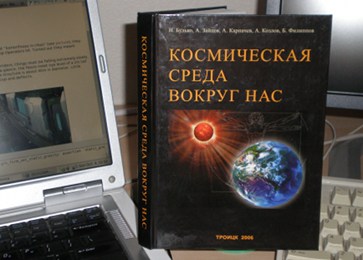My enigneer's disease is a bit different from the classic case, since I'm far too lazy to bother in plot holes. An attack only happens when I see something specific and exclaim "HO EFFING WAY!" In case of the Coriolis Force, my instinct was to challenge the amount of deflection that accrues in the stream of water falling from the kettle into the cup. Can it be large enough to warrant a warning? [1] Actually it turned out to be noticeable due to the time it takes for the liquid to fall. So I had to delete 3/4 of the post that turned out to be an erroneous rant.
When they declared that flare particles would take 8 minutes to arrive, I bridled immediately. 8 minutes is how much it takes for the light of the Sun to reach Earth. If it takes something another 10 minutes from the observation, the something is moving with the half of the speed of light. Is that credible?

I didn't need to google anything. My father edited (and co-wrote) a college textbook about the Sun-Earth environment, and in chapter 2 clause 6 Dr. B. Fillipov states that a flare takes 2 to 3 days to reach Earth; a warning from the SOHO observatory, currently orbiting at Sun-Earth L1 point, arrives about 3 hours before the storm.
So if it were Earth that Amaterus orbited, the set-up would've been not credible. However, that star may be emitting, say, relativistic neutrons. Somehow.
Now I want to unseal the return envelope to listen to Sanri's scream (Mamiko Noto -- maybe I should remember her).
UPDATE: Dad e-mailed to clarify that typical speed of the particles is 350-550 km/s, with some eruptions pushing up to 1500 km/s. That's right, 187 times faster than the speed of an orbiting satellite. But it's still only 0.5% of the speed of light.
[1] One weird thing about the warning is its ad-hoc nature. You would expect the management to print the warning in stenciled letters on the kettle. What gives?